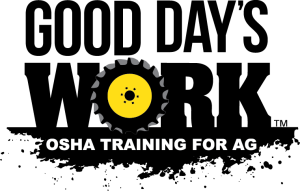Introduction to Hydraulic Jacks
Hydraulic jacks might not get the spotlight, but they’re the ultimate heavy-lifting sidekicks, turning grueling tasks into effortless victories. Whether you’re lifting a car for repairs, supporting construction equipment, or moving massive machinery, these powerful tools harness the magic of hydraulic fluid to deliver strength and precision. But to unlock their full potential, you’ve got to play it smart with safety and maintenance.












